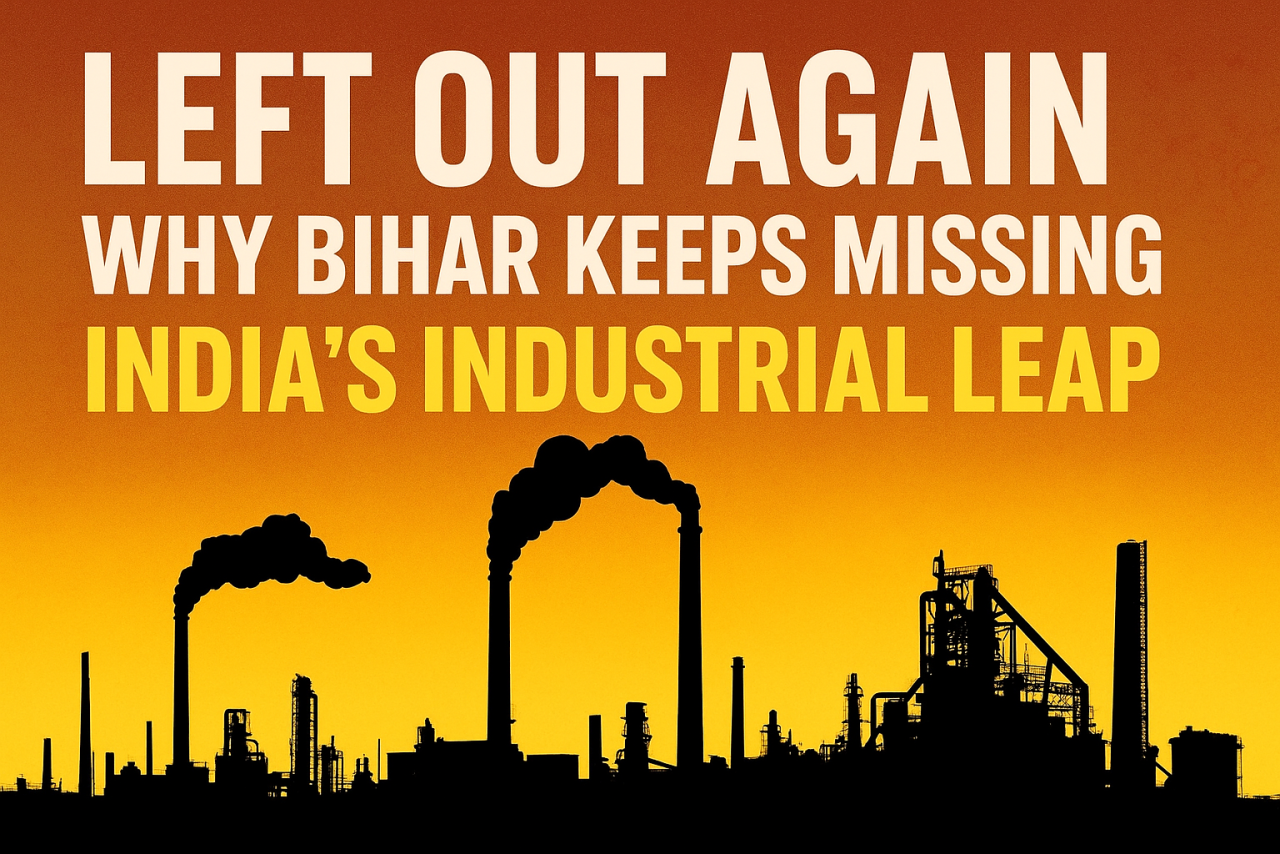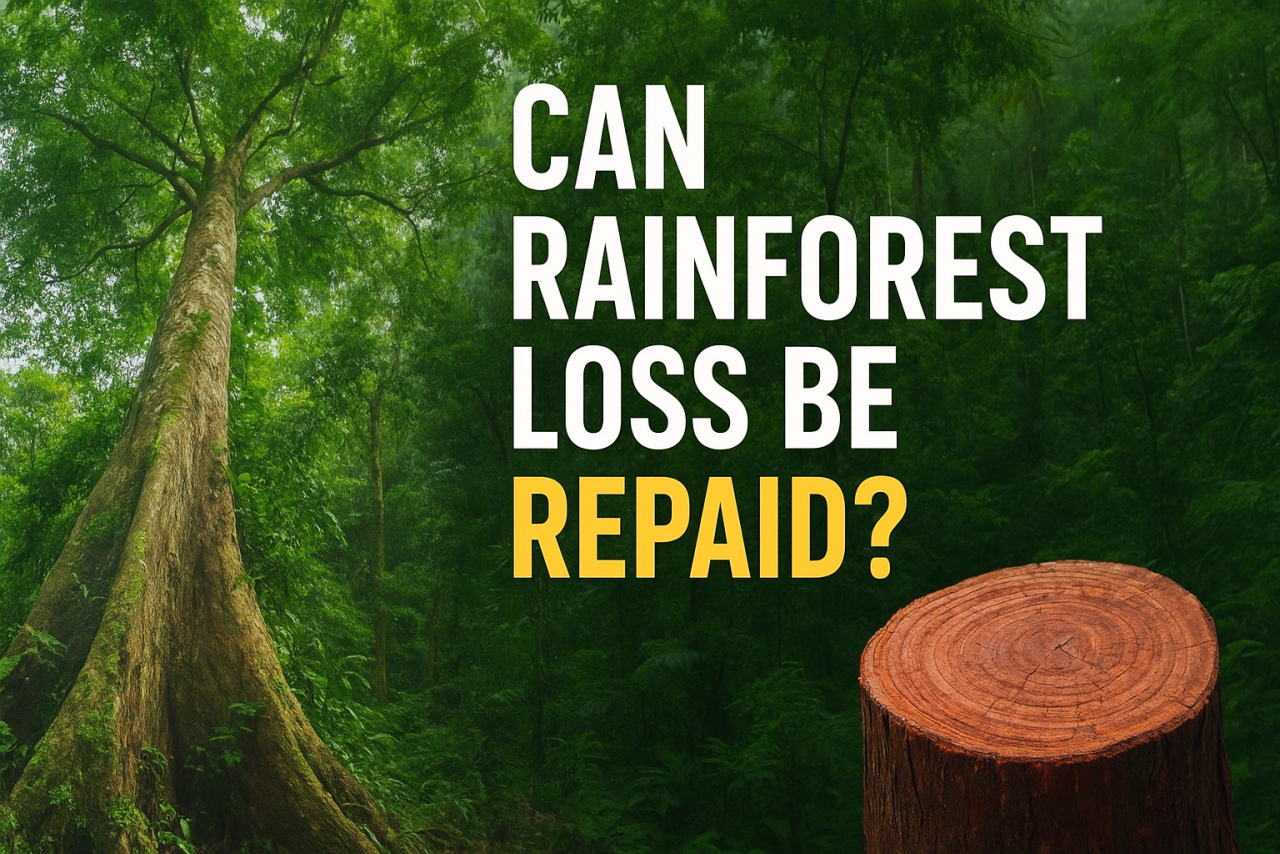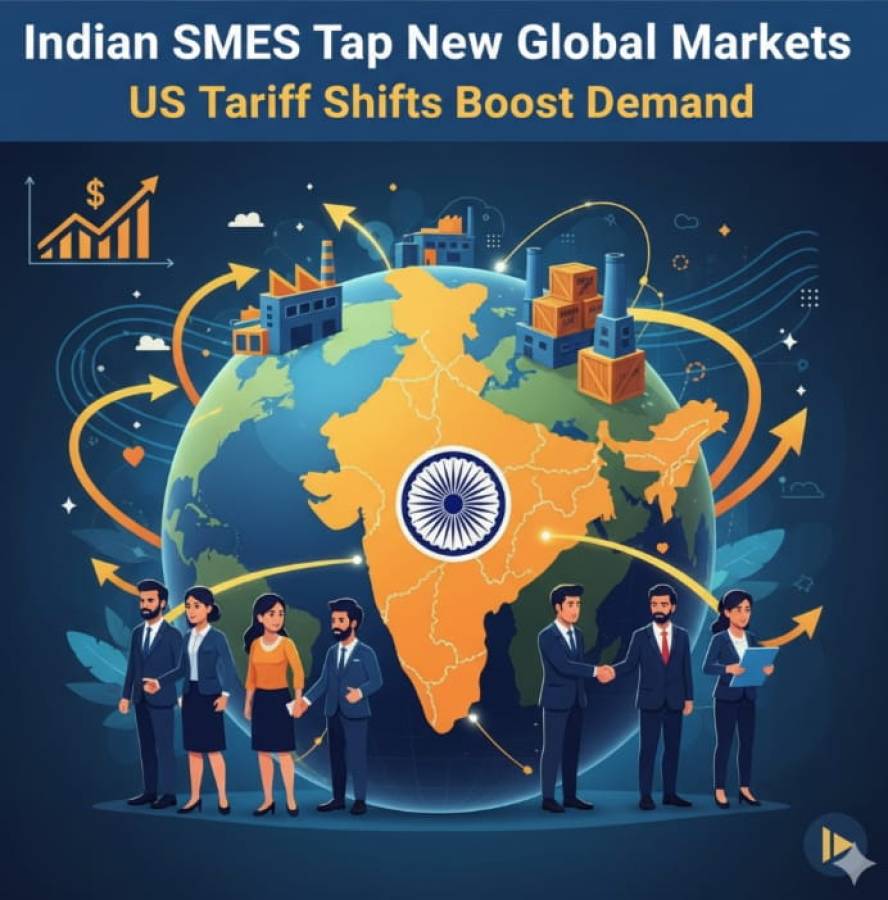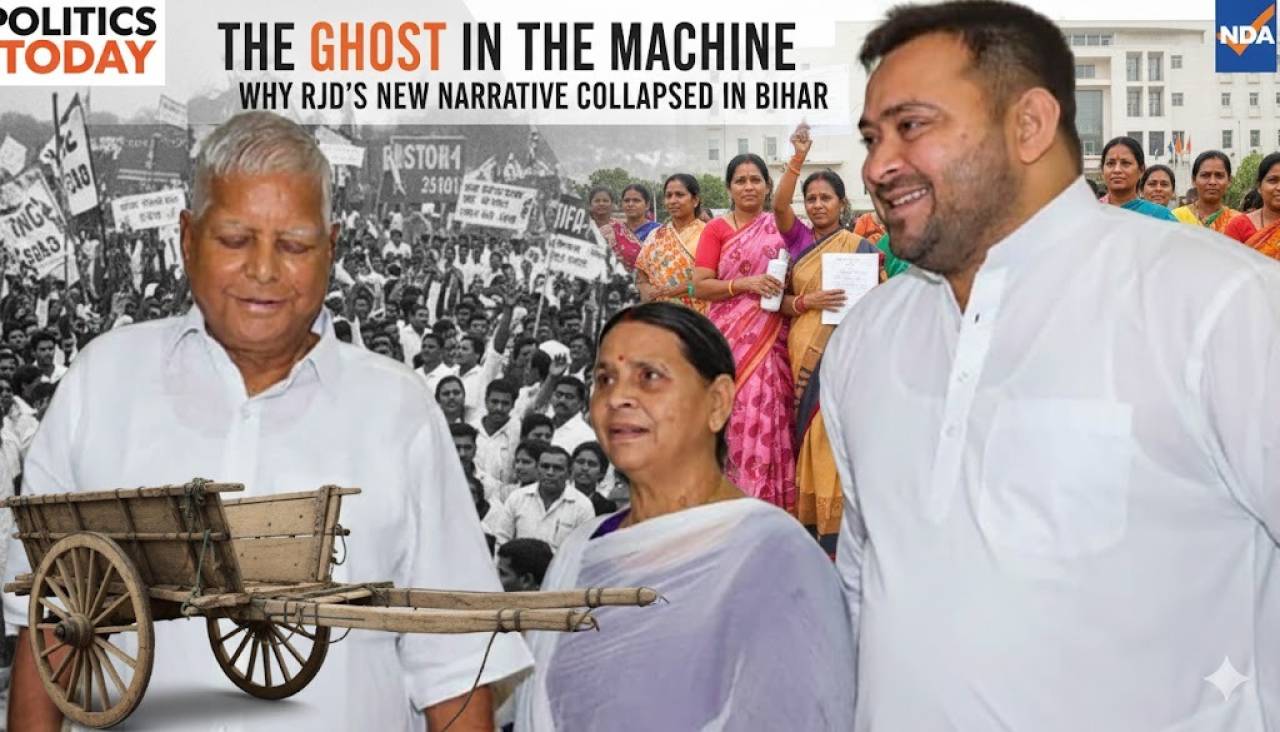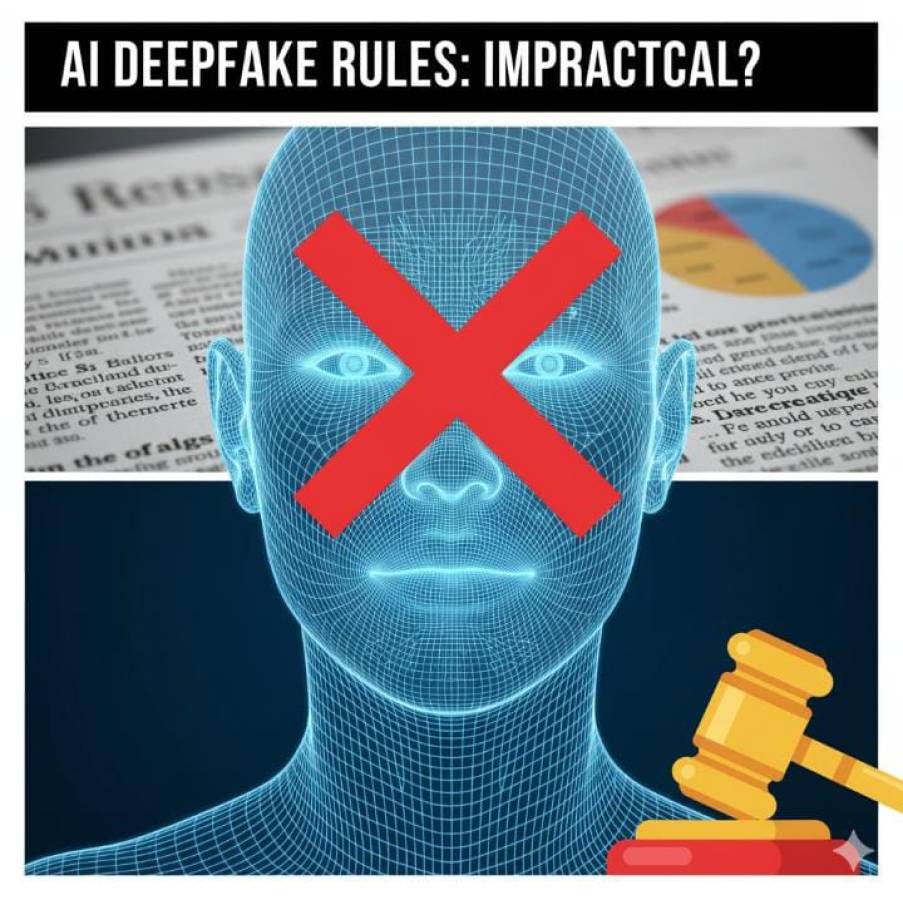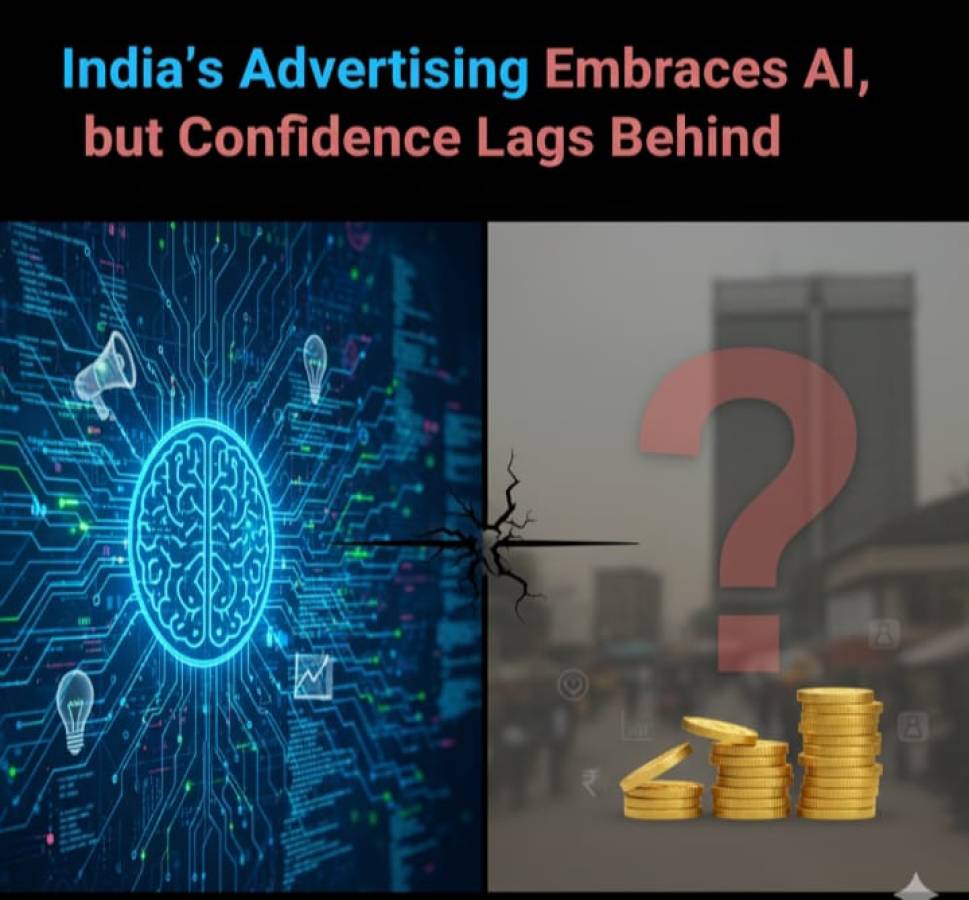
When artificial intelligence entered India’s advertising industry, it didn’t tiptoe in—it arrived like a monsoon. In just a few short years, creative teams, performance marketers, and brand strategists have woven AI tools into nearly every stage of the advertising pipeline. Generative engines draft social posts in seconds, automated optimisation platforms tweak media plans overnight, and design tools turn rough concepts into polished visuals with a single prompt.
Walk into any agency today and you’ll find AI humming in the background: quietly shaping workflows, accelerating production cycles, and amplifying creative possibilities. The enthusiasm is unmistakable. But beneath the excitement lies a quieter, more complicated truth. Indian marketers are embracing AI faster than they feel prepared to manage it. The tools are everywhere; the confidence to wield them is not.
This tension sits at the heart of MiQ’s new AI Confidence Curve Report, a global study drawing insights from more than 3,000 marketers across 16 countries—including 200 from India. Its central finding is both simple and significant: while AI usage in marketing is surging, readiness, understanding, and trust are lagging behind.
In a market like India—where digital advertising is projected to grow at one of the fastest rates in the world—this mismatch is more than an academic observation. It is an inflection point.
The Surge: India’s Voracious Appetite for AI
Few markets have embraced AI in advertising as energetically as India. According to MiQ’s report:
- 72% of Indian marketers use AI tools across some or all projects
- 79% plan to increase their use over the next year
- Social media management, content creation, and visual design top the list of applications
The nation’s creative economy has become fertile ground for generative AI. Startups offer low-cost automation tools, agencies are rethinking production workflows, and global platforms—from Google’s Performance Max to Canva—have become deeply embedded in campaign strategies.
Performance Max alone is used by 69% of Indian marketers. Canva, with its rapid design and generative features, is used by 66%.
The verdict is clear that India loves AI.
But the same data reveals something else—something more nuanced. While usage is high, confidence is relatively low. Only 46% of marketers feel fully confident in their team’s ability to deploy AI effectively against campaign KPIs.
In other words, the industry is accelerating but not yet steady on its feet.
The Gap: Why Confidence Hasn’t Caught Up
If AI’s adoption curve in India looks like a steep rise, the confidence curve is still finding its footing. The gap is driven not by skepticism but by capability—specifically, the lack of structures that help marketers make sense of AI’s power.
1. The Skills Shortage
A striking 69% of Indian marketers cite lack of expertise and training as their biggest barrier.
AI literacy—understanding how tools work, how algorithms behave, and where their limitations lie—is still in its infancy across the industry.
This leads to a reliance on basic, plug-and-play tools rather than advanced systems capable of:
- predictive insights
- dynamic media optimisation
- audience modelling
- automated creative testing
- cross-platform intelligence
The more powerful the tool, the less confident teams feel in pushing its boundaries.
2. The Data Dilemma
AI thrives on integrated, high-quality data. But 42% of marketers struggle with data-sharing limitations—either due to internal silos, platform restrictions, or compliance concerns. Without cohesive datasets, AI models produce shallow insights that marketers find harder to trust.
3. Metrics That Belong to Another Era
Even as AI transforms advertising globally, many Indian teams continue to evaluate performance through outdated metrics. MiQ’s report notes that:
- 62% still rely heavily on CTRs, likes, and comments
These surface-level indicators do not capture the deeper value of AI, which lies in its ability to influence:
- consumer journeys
- purchase intent
- long-term attribution
- cross-channel effectiveness
When measurement is inadequate, confidence naturally erodes.
The Turning Point: Curiosity Becoming Capability
Yet the mood in the industry is not one of apprehension—it is one of transition.
“India’s marketing and adtech ecosystem is moving from curiosity to confidence,” says Ramya Parashar, COO of MiQ CoE. Her view reflects what many in the industry have begun to observe: that India’s problem is not willingness but preparedness.
Parashar believes the solution lies in grassroots capacity-building—creating an environment where marketers can experiment, fail safely, and learn AI fluently rather than superficially.
The MiQ Center of Excellence in India has been investing in training programs that demystify AI and equip teams with hands-on skills. As AI becomes fundamental to nearly every business function—from performance marketing to predictive analytics—the need for AI-literate talent is becoming both operational and strategic.
MiQ’s CMO Jordan Bitterman frames the moment clearly, “To close the gap, industry leaders must tap into tools and training.”
For Bitterman, the readiness gap is less a hindrance and more a gateway to future competitiveness. “Every marketer,” he says, “is trying to find the balance between learning and leading with AI.”
Where India Is Already Ahead
The confidence gap is real, but it does not overshadow India’s strengths. In fact, the report reveals several areas where India leads global markets—particularly in how strategically AI is being deployed.
1. Consumer-Centric Targeting
India leads the world in using AI for mindset and activity-based targeting.
45% of Indian marketers now plan campaigns around:
- browsing behavior
- shopping activity
- scrolling patterns
This is a sophisticated shift away from demographic assumptions toward behavior-driven insights—a transformation AI is uniquely positioned to amplify.
2. A Robust, Digital-First Media Ecosystem
Indian marketers are deeply invested in multi-platform digital advertising:
- 80% prioritise YouTube
- 61% rely heavily on social platforms
- 58% depend on digital video
This cross-channel complexity makes India one of the most compelling markets for AI-driven optimisation. Where data is abundant and consumer journeys are omnichannel, AI can deliver meaningful lift—once confidence catches up.
Bridging the Gap: A Roadmap for the Industry
To move from adoption to mastery, the MiQ report outlines a clear series of actions for marketers.
1. Choose Partner-Agnostic AI Tools
Tools that unify data from multiple platforms help marketers overcome fragmentation. When AI sees the full picture, its recommendations become more precise—and more trustworthy.
2. Modernise Measurement
AI’s value must be connected to business outcomes, not vanity metrics.
Real-time measurement frameworks allow teams to evaluate impact and optimise continuously.
3. Build AI Literacy as a Core Skill
AI is not a plugin but it is a capability. Teams must learn:
- how AI models interpret data
- how to validate outputs
- when to override recommendations
- how to translate insights into strategy
The more marketers understand the “why” behind AI decisions, the more confidently they can act on them.
4. Keep Human Judgment at the Center
AI can forecast, optimise, and automate—but it cannot interpret cultural nuance, creative tone, or brand ethos. Human intelligence remains essential. AI amplifies expertise; it does not replace it.
Final Take: Purpose Over Hype
The story of AI in Indian advertising is not about unchecked acceleration—it is about an industry learning to transform itself. Adoption is the easy part. Readiness requires deeper shifts: in skills, in culture, in measurement, and in mindset.
India’s advertising ecosystem is on the cusp of something profound. The tools are here. The momentum is real. The ambition is unmistakable.
What comes next is not simply more AI—but more purposeful AI.
The moment the industry closes the confidence gap, AI will stop being a novelty and become a foundational capability. It will power not just faster campaigns, but smarter ones. Not just high-volume creativity, but high-value impact.
India is not just embracing AI but learning to master it and that journey may define the next era of digital advertising.
Written by- Jagriti Kumari
Emai - jagritijune@gmail.com




